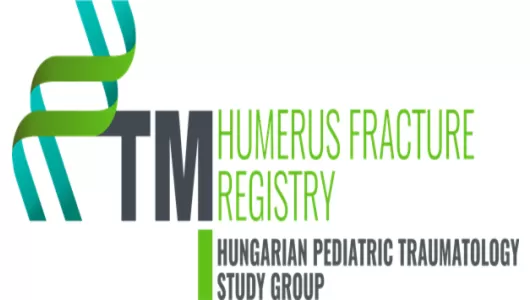
SCHF Registry
In the course of the study, we are planning a multifaceted analysis of the representative data of the SupraCondylaer Humerus fractured children, treated in Hungary and in Europe in pediatric traumatology centers. Fracture SCH is one of the most frequent childhood fractures. Due to high-energy injuries, more severe fractures with greater displacement are formed today. Part of the fractures without displacement and with small displacement can be treated in a conservative way with plaster, collar and cuff attachment. Fractures with greater displacement and rotational deviation are clearly operative.
In view of the lack of Hungarian and European epidemiology data on the above injuries, we would like to classify it based on the classification, the nature of the injury and the therapy used, by the data obtained through the collection of data and by the variety of its treatment. The currently widespread crossed Kirschner wire technique is considered the best fixing method. In many centers, however, radial divergence remains the primary choice of therapy. The data obtained during the study may serve as a basis for assessing the current status of supply of broken children by SupraCondylaer Humerus, to optimize treatment methods currently used in the disease and to develop future treatment strategies.
Based on the results of the study, a suitable treatment algorithm of the childhood SCH fracture can be developed and national and European acceptance of the least complicated surgical technique can be achieved.
Uploading centres
Bethesda Gyermekkórház
Borsod Abaúj Zemplén Megyei Központi Kórház és Egyetemi Oktatókórház, Gyermeksebészeti osztály
Heim Pál Országos Gyermekgyógyászati Intézet, Sebészeti és Traumatológiai Osztály
Péterfy Sándor Kórház-Rendelőintézet Országos Traumatológiai Intézet, Gyermektraumatológiai Osztály
PTE-KK Gyermekklinika, Manuális Tanszék, Sebészeti Osztály
SZTE, Gyermekgyógyászati Klinika, Gyermeksebészeti Osztály
Tolna Megyei Balassa János Kórház